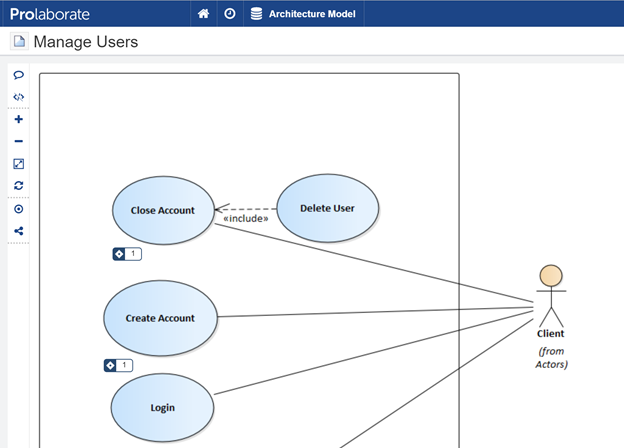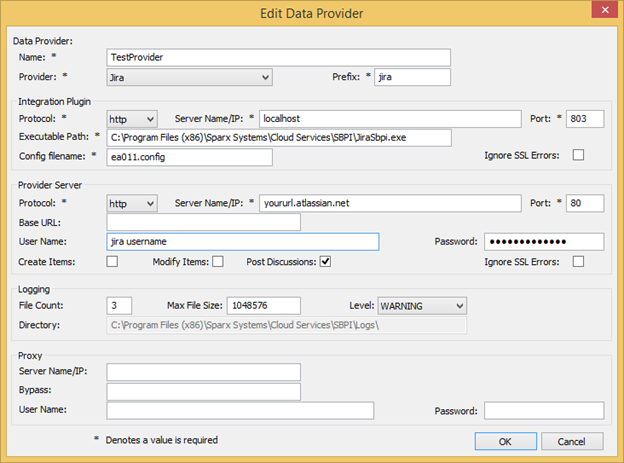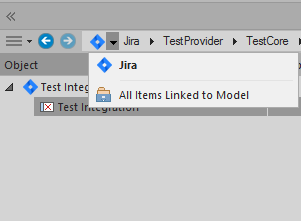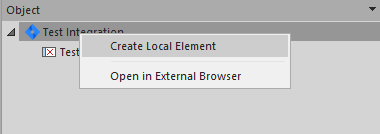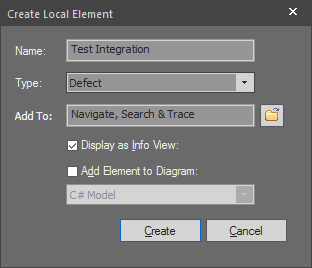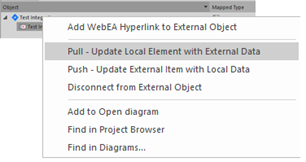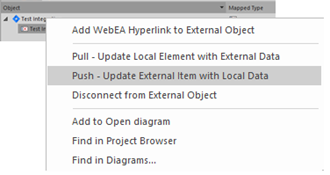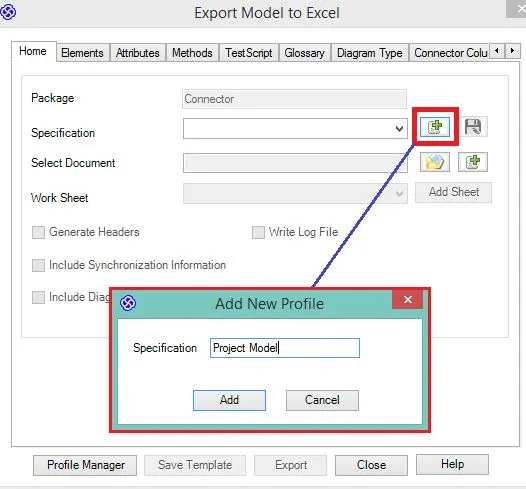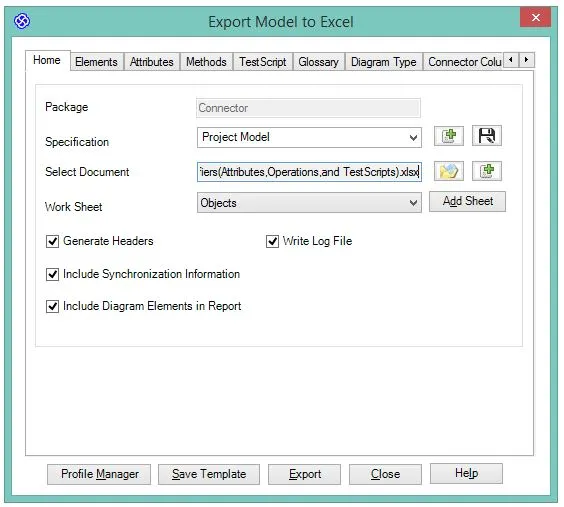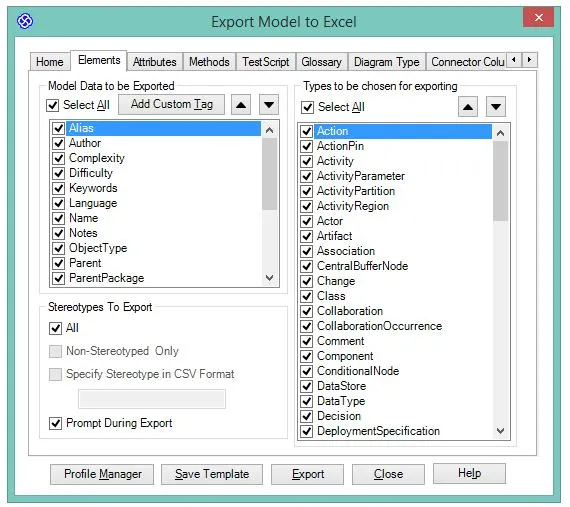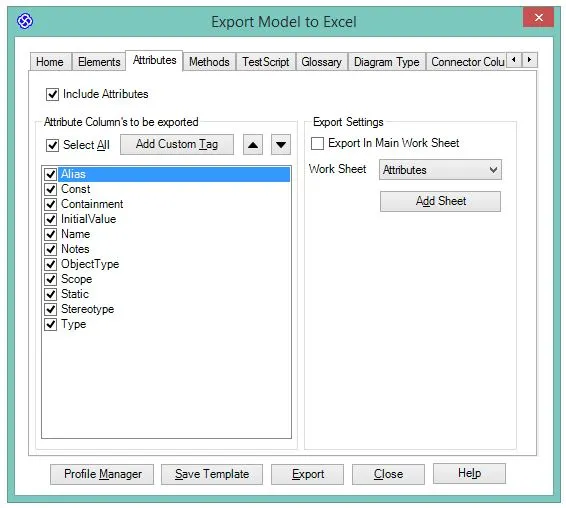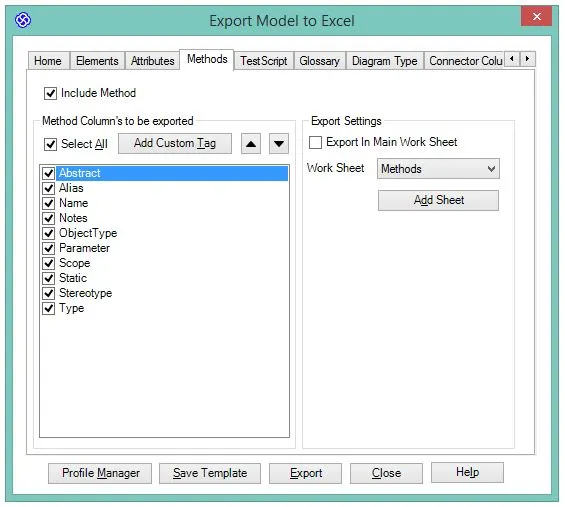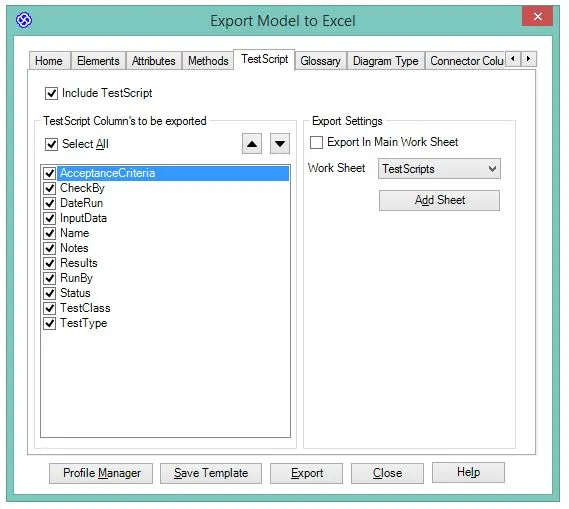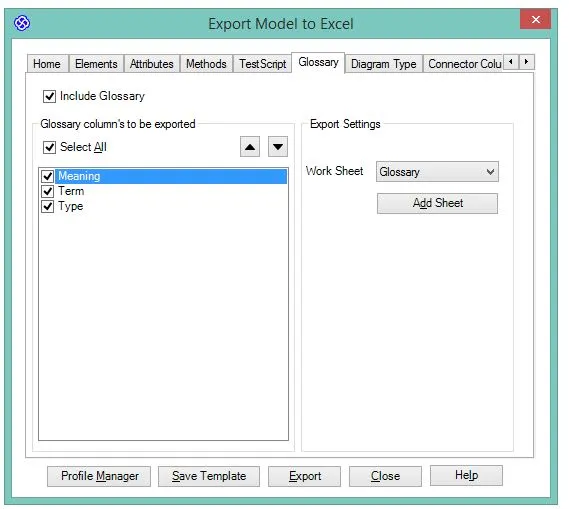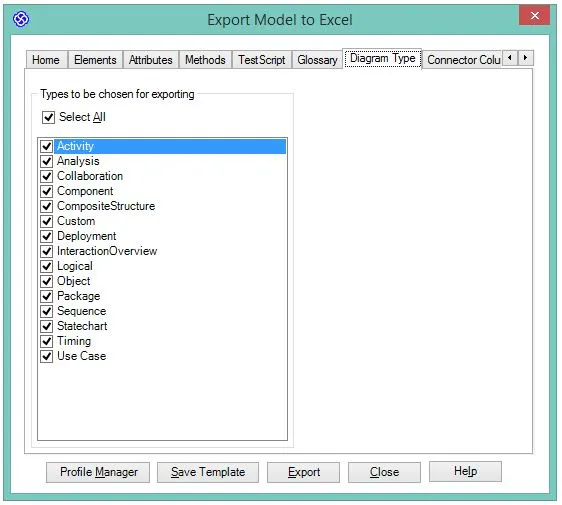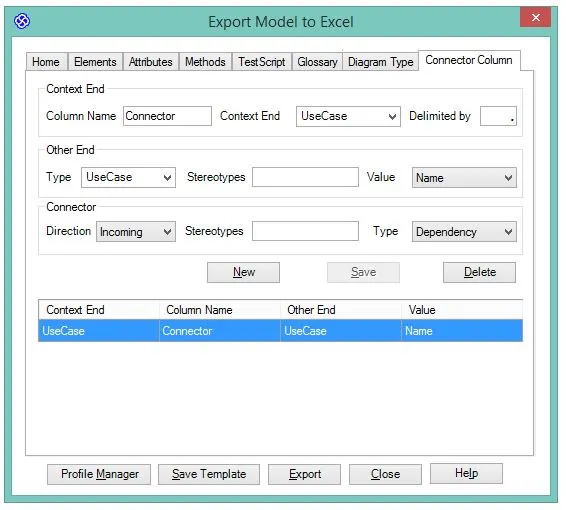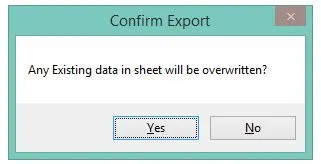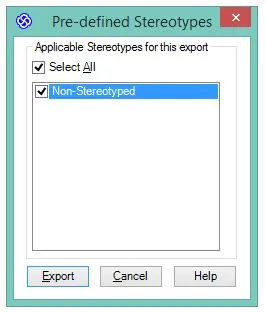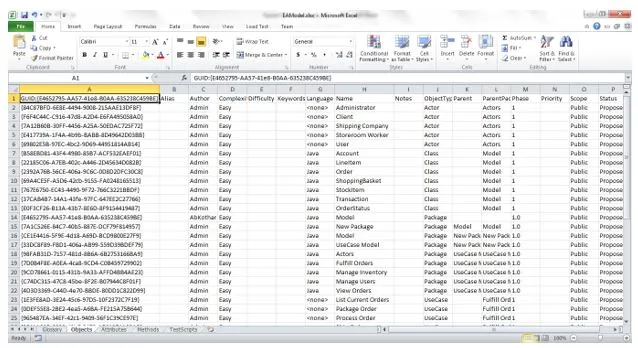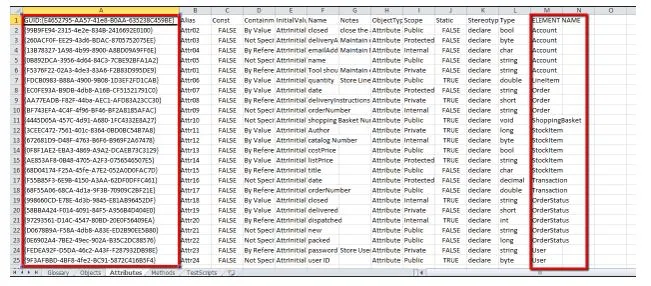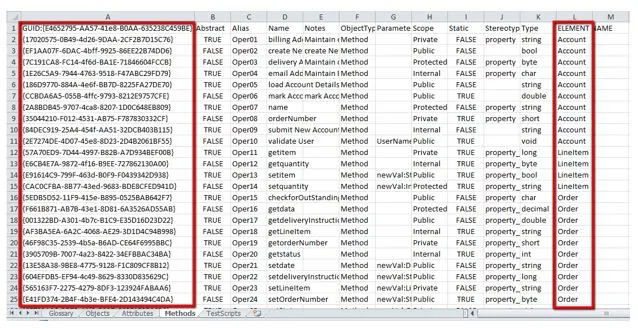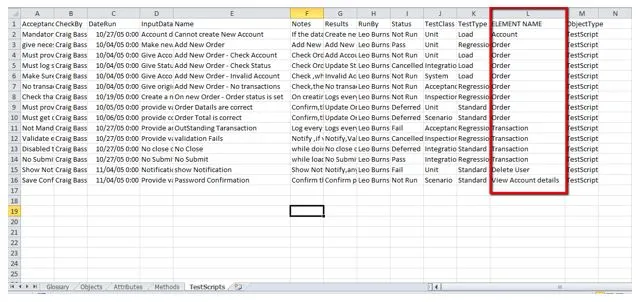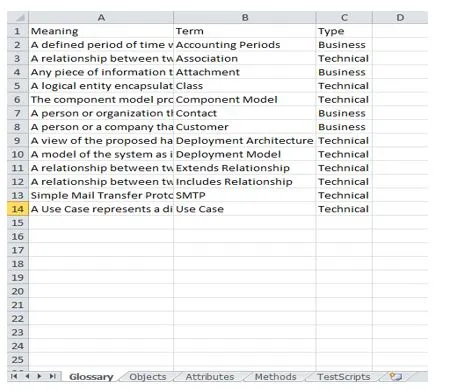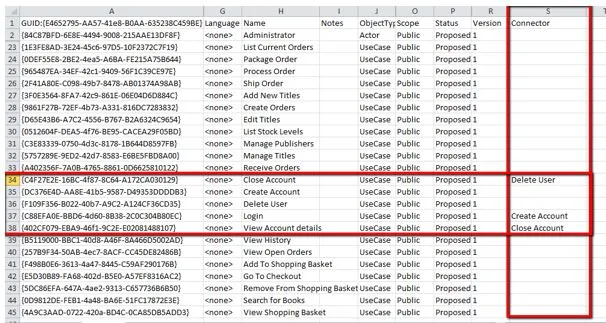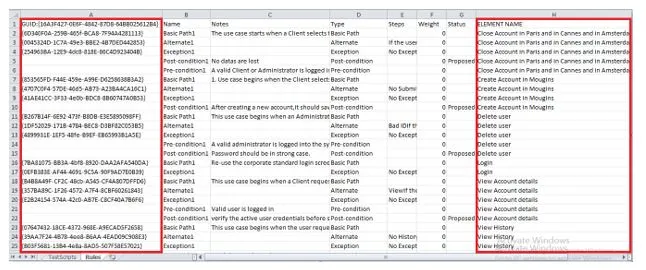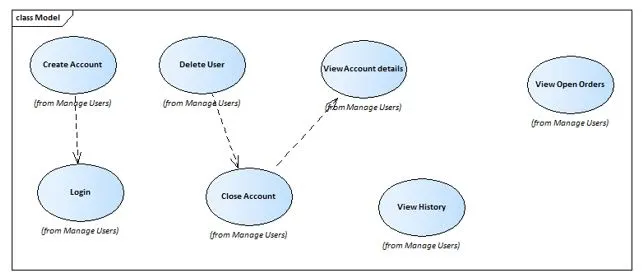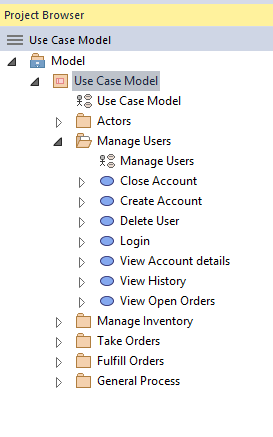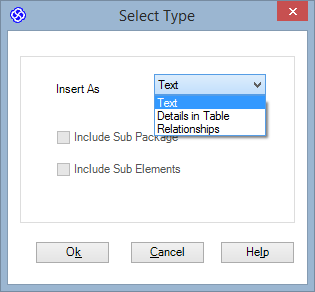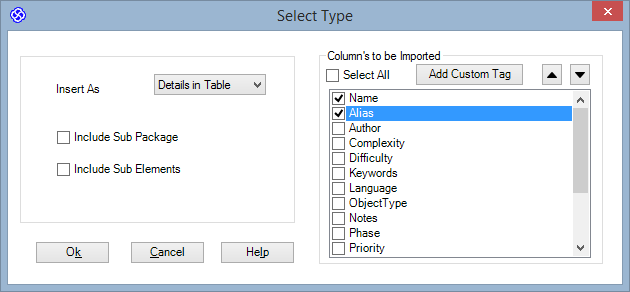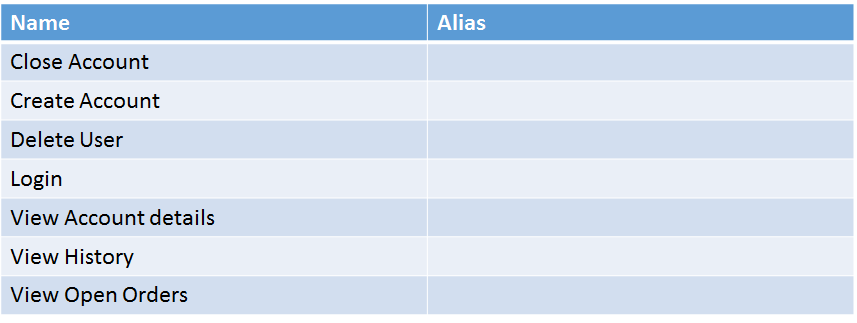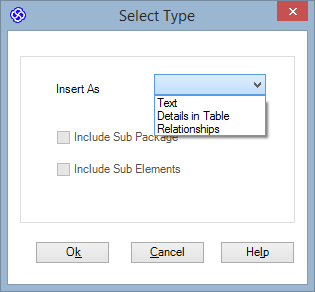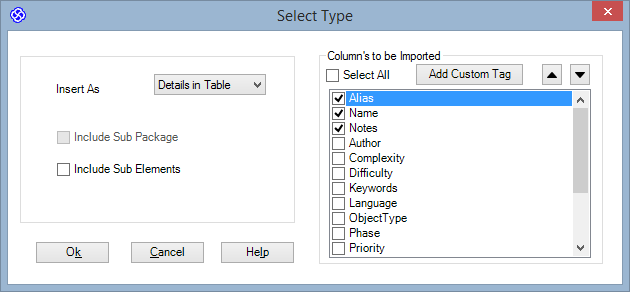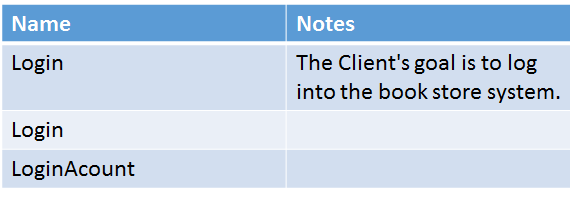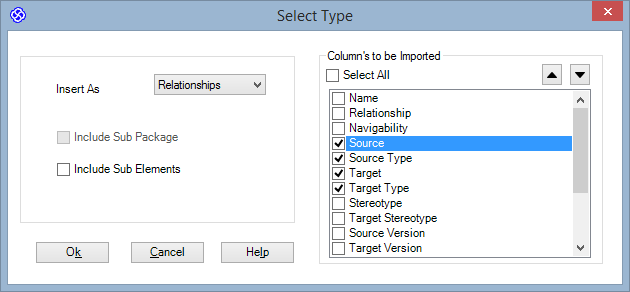ServiceNow Integration with Sparx Enterprise Architect
Sparx Enterprise Architect can be used to capture models that are associated with the ServiceNow tables and other artifacts. The capacity to connect the components of all models to one another is the key strength of Sparx Systems Enterprise Architect, the more time analysts and designers spend in creating attractive, well specified models, the greater the potential future benefit from any further changes to the systems. With Sparx Systems Pro Cloud Server users can easily integrate with ServiceNow to fetch tables into their Cloud model.
ServiceNow
ServiceNow is a ticketing system for customer service that processes and catalogues service requests. You can create queries for incidents, changes, problems, and other services using tools like ServiceNow. ServiceNow has had its roots in ITSM since 2012. With the advent of cloud computing and changing technology, however, it carved out a niche as a cross-departmental platform that operates as an enterprise cloud solution built on top of all other applications. Its method of developing business processes that optimize information extraction distinguishes it as a one-of-a-kind provider in today’s modern cloud space.Key features of Integrating ServiceNow with Sparx Enterprise architect
- Map Enterprise Architect elements to their ServiceNow counterparts.
- Users can easily create a new Enterprise Architect element linked to a ServiceNow item.
- It provides better customer service while lowering maintenance costs.
- Customization is simple and easy with the help of ServiceNow integration.
- Users can link an existing element in Enterprise Architect to a ServiceNow item or create a new element in Enterprise Architect linked to a ServiceNow item.
- Changes to the Enterprise Architect element can be reflected in the ServiceNow item.
- Users can create a new ServiceNow item that is linked to an Enterprise Architect element.
- Conduct a traceability analysis.
- Open Pro Cloud Config Client in Desktop.
- Click on the Integrations Tab in the config client window and enable the Integrations button.
- Click on Add button to Add the data provider

- Check ‘Enabled’ option
- Type the name for the provider (For ex: ServiceNow) in the field.
- Select ServiceNow in the provider drop down box
- In the ‘Server Name/IP’ field, type the server name or IP address that the ServiceNow Plug-in will use to communicate with ServiceNow
- In the port field Enter “443”
- In User Name field and Password enter the given credentials, (Under provider Server)
- If needed, select the check box create items and modify items to create elements and modify
- Leave the check box ignore SSL Errors

- You can ignore other options and once you have finished. Click the “OK” button, which redirects to the Integration tab.
- The ServiceNow Data Provider will be active, you must bound it to the Db by checking the check box or you can select all checkbox by selecting this option.

- Once you have selected, you must restart the PCS by heading to the task manager, click on the services tab and restart “Sparx Systems Professional Cloud”.




